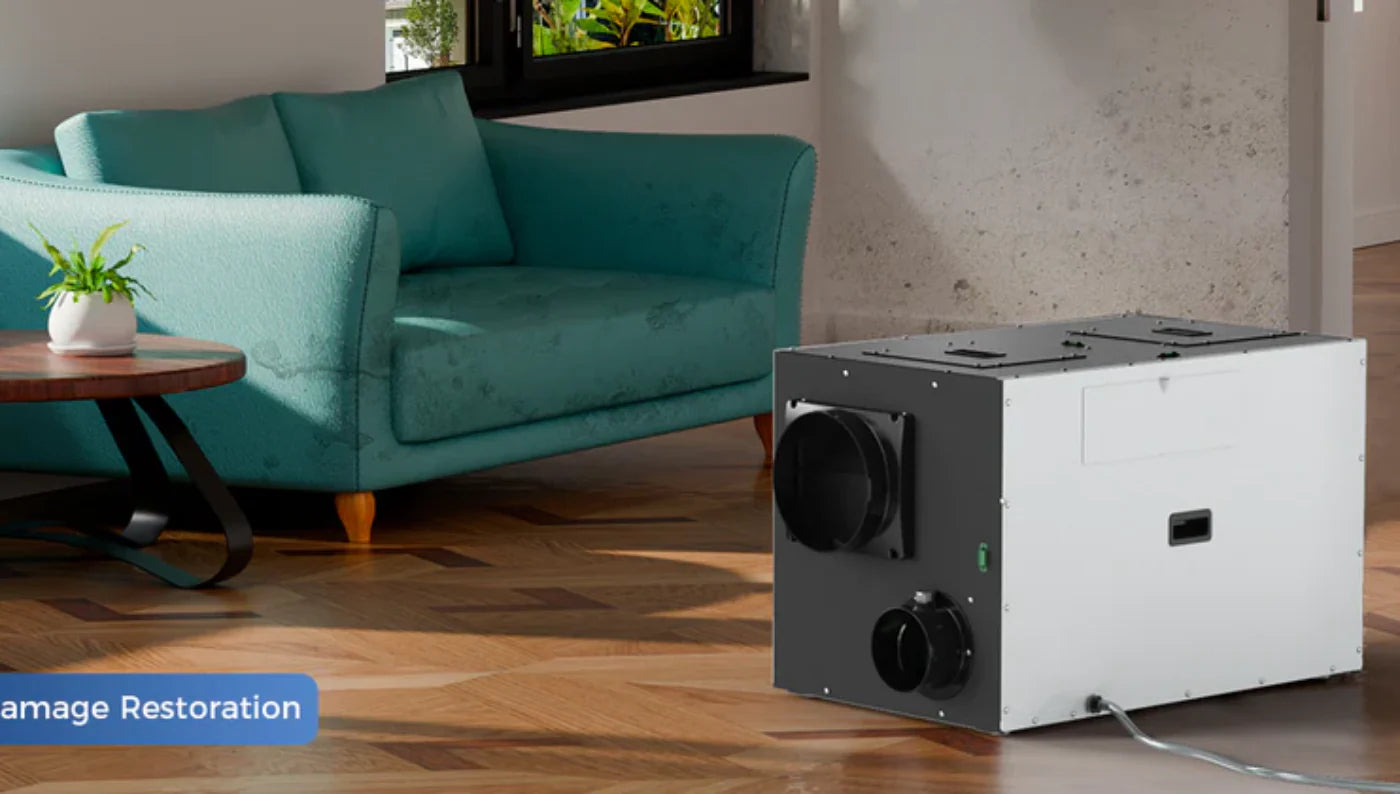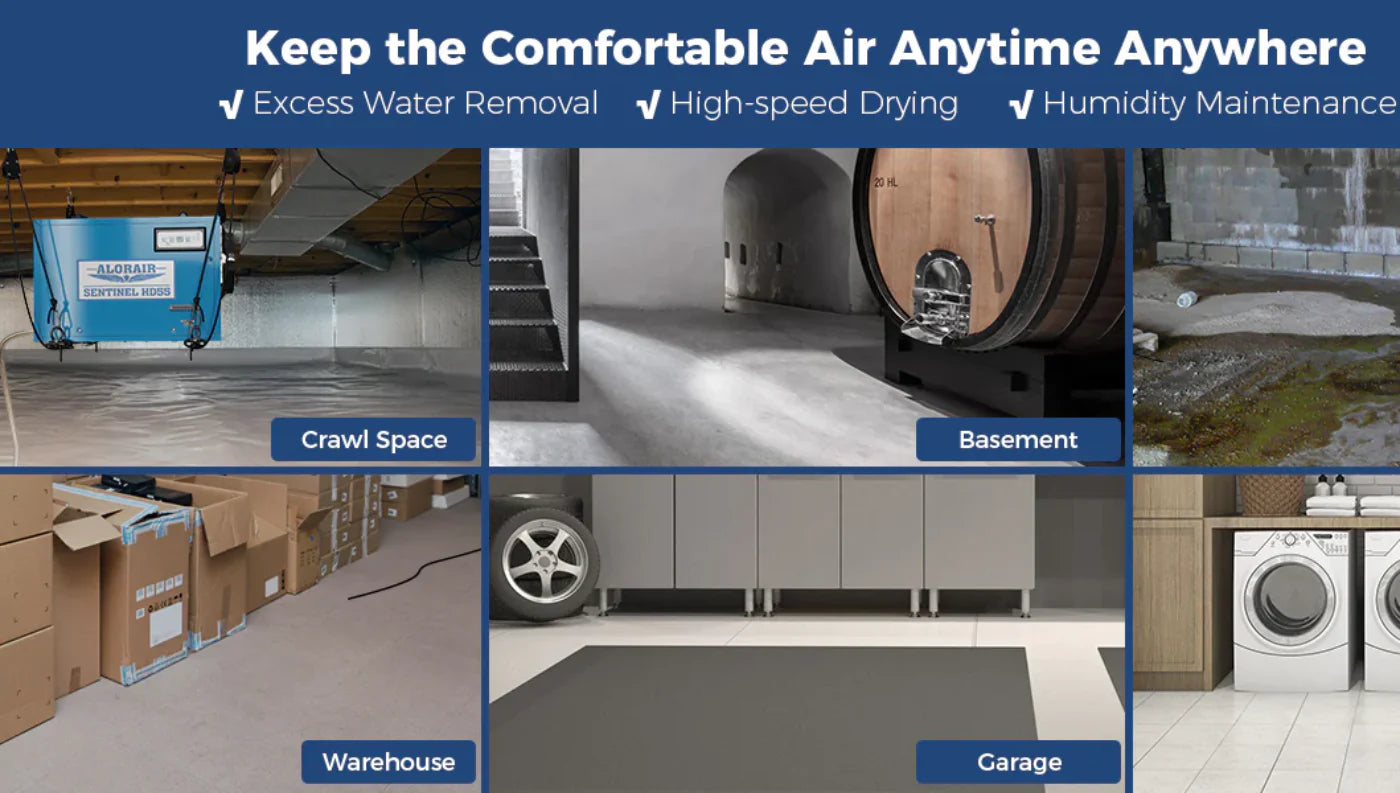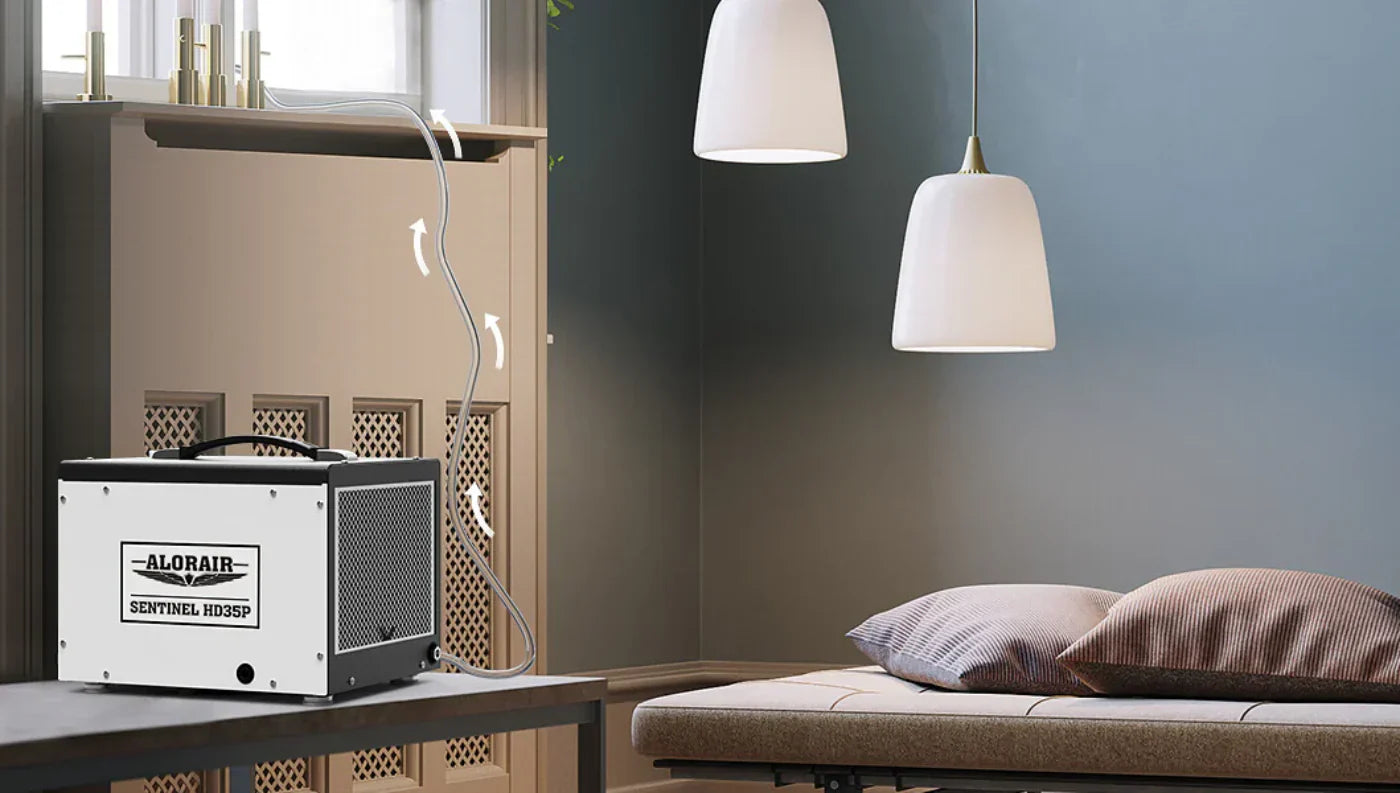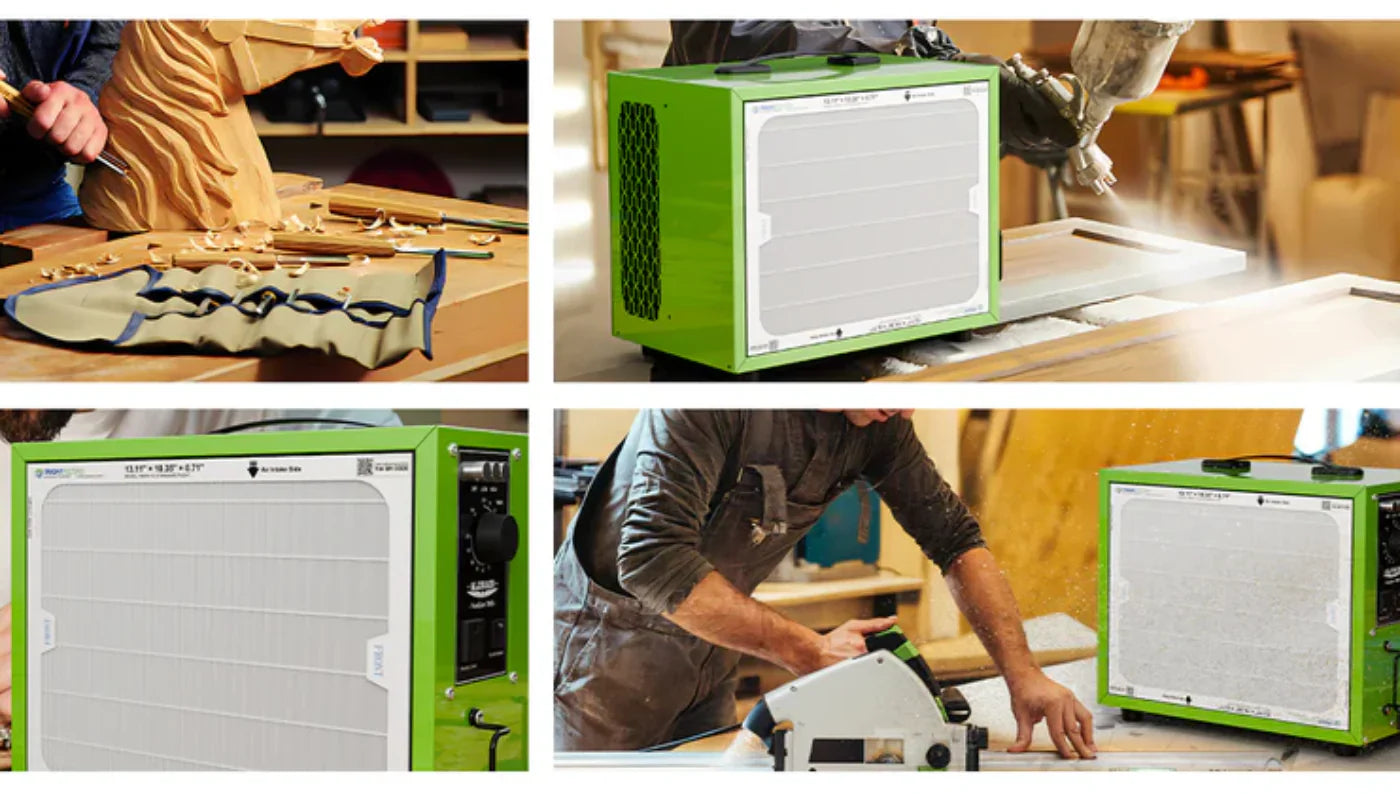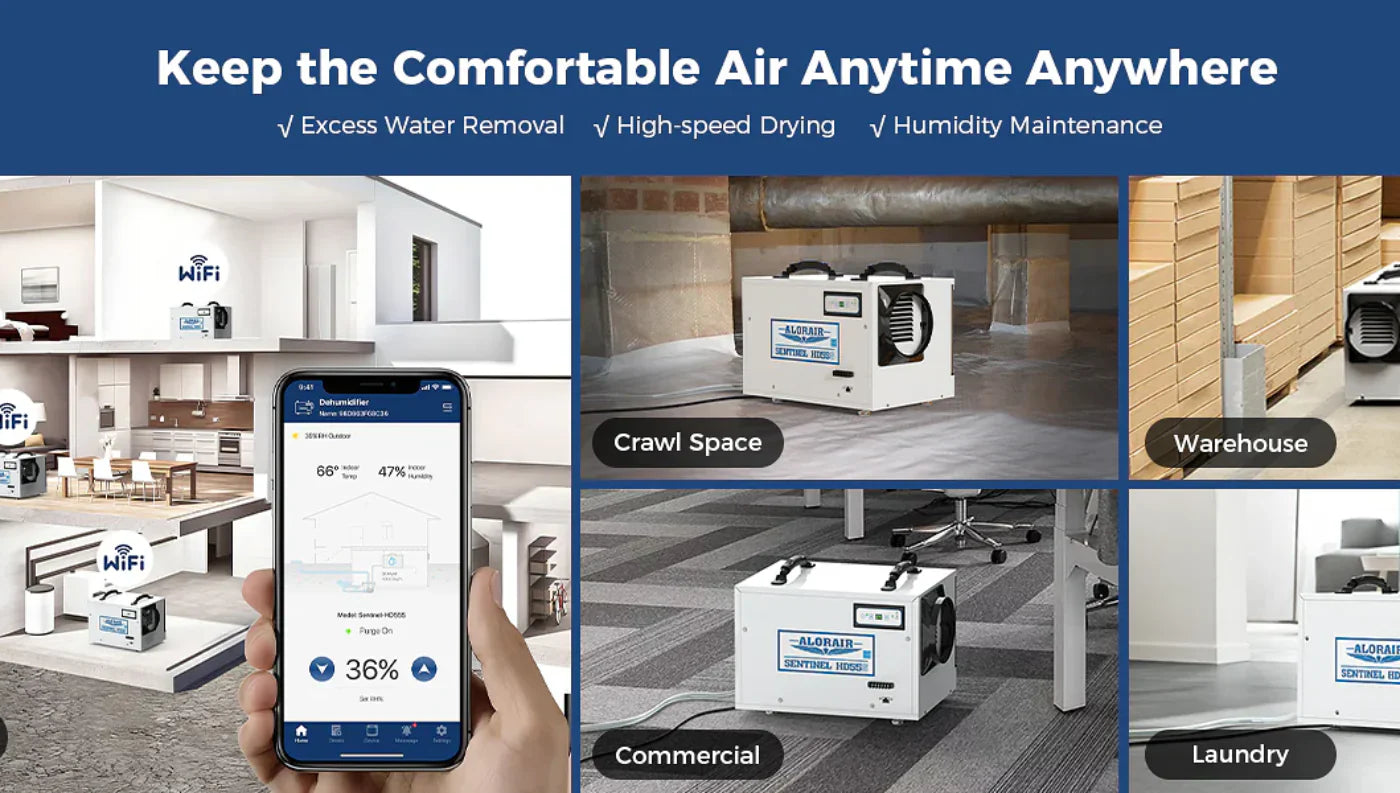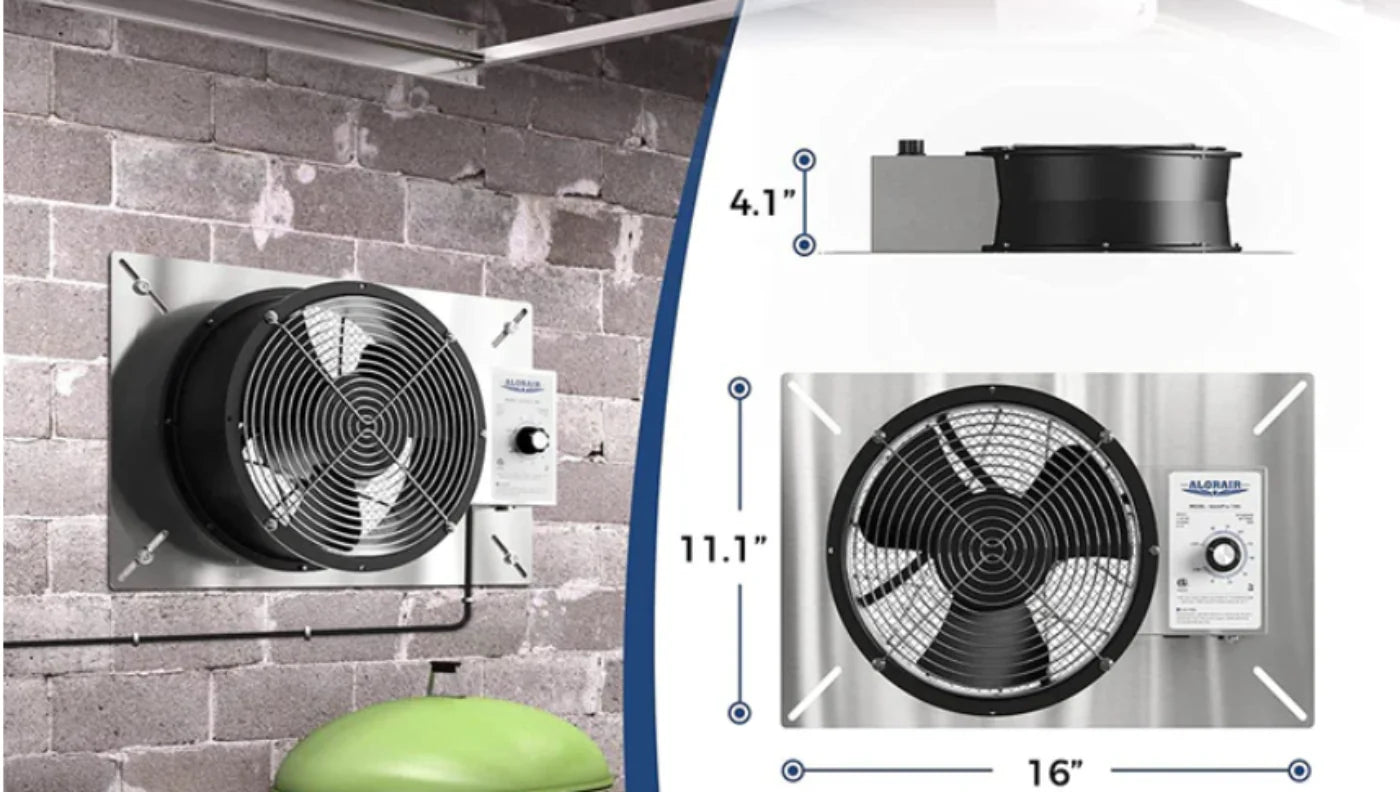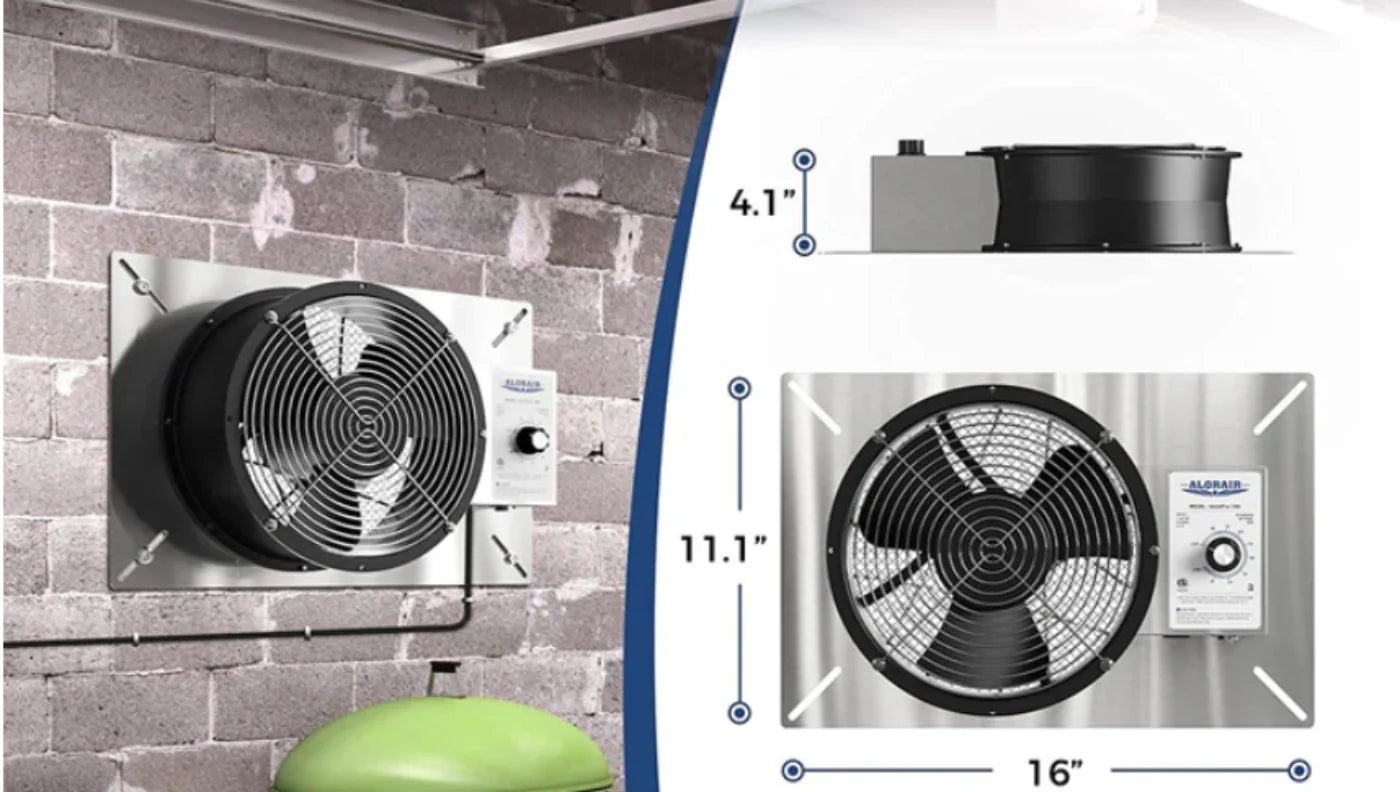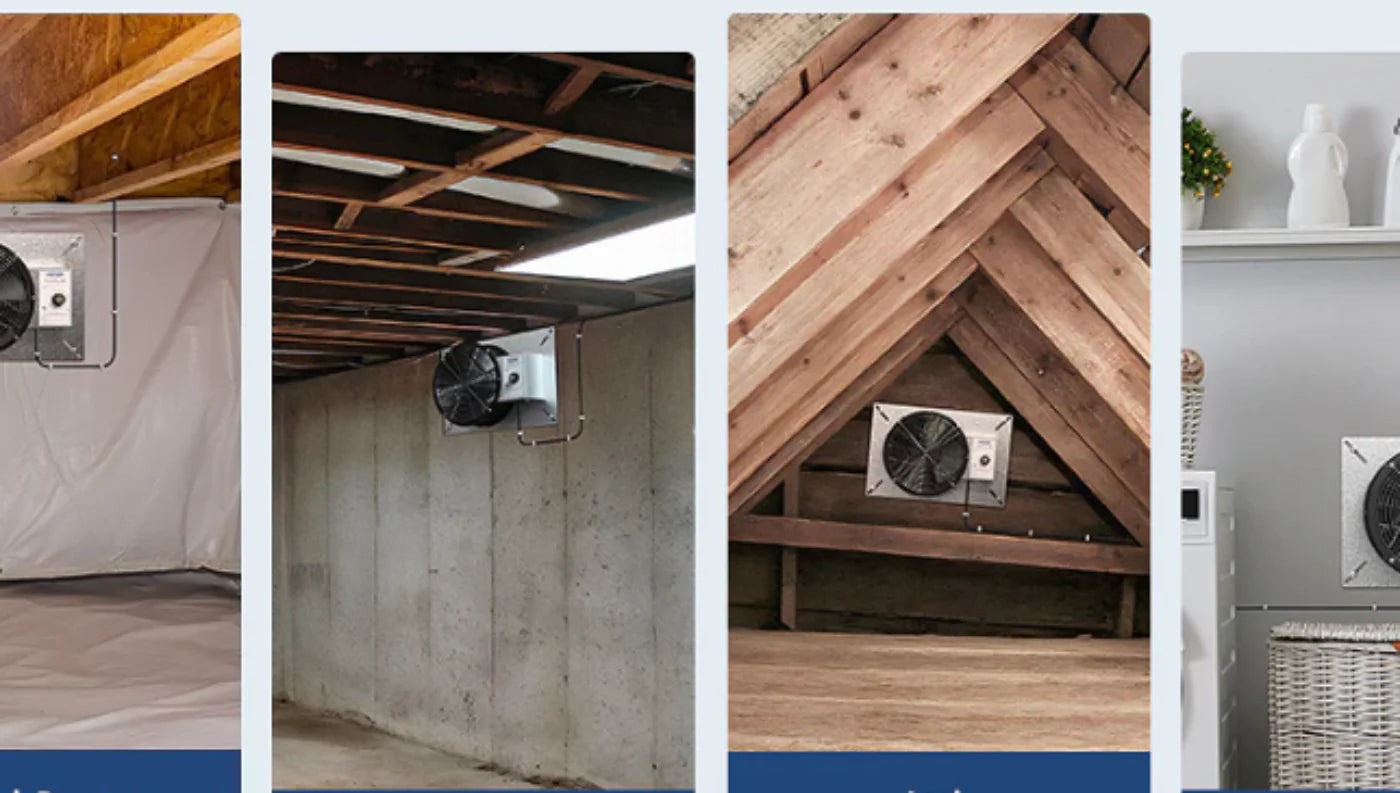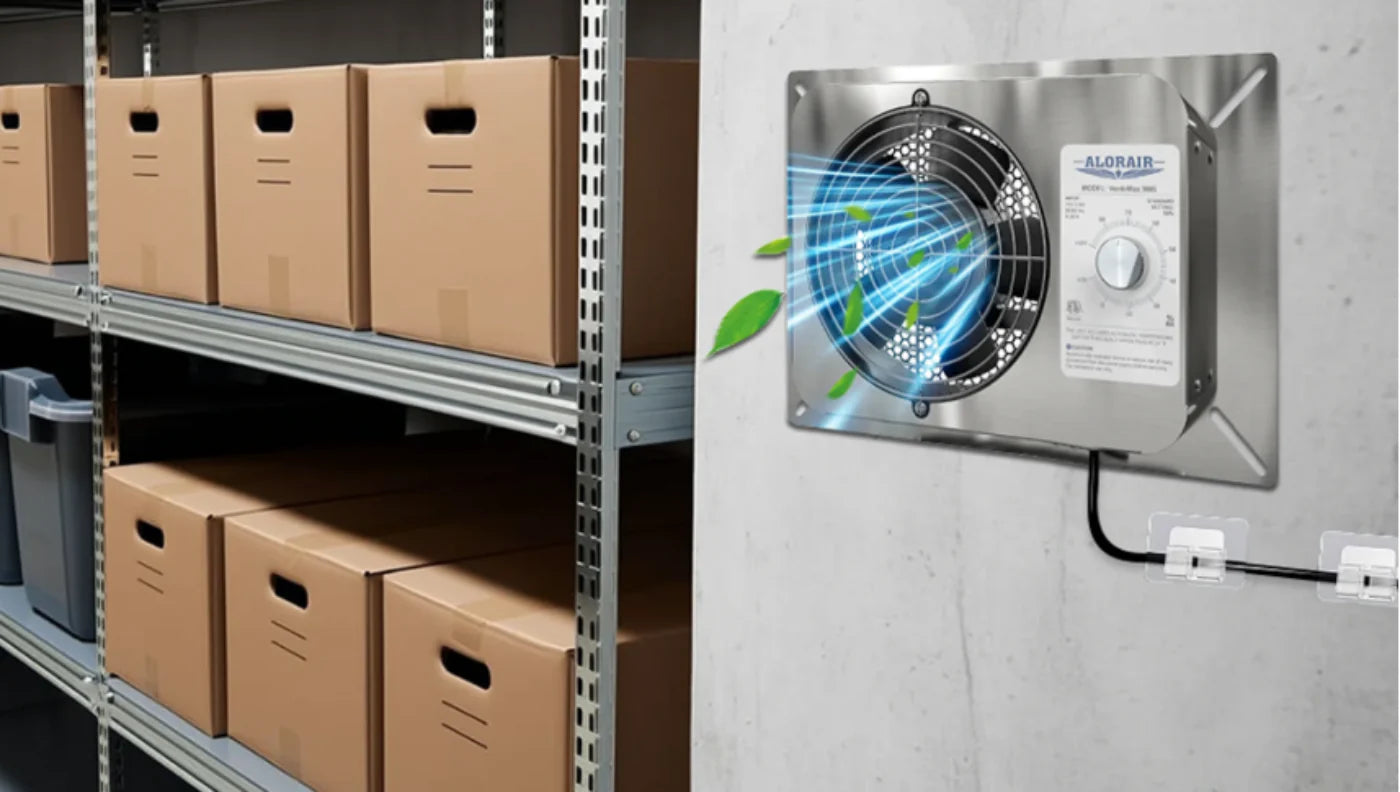If your home feels muggy or sticky even when the air conditioner is on, you’re experiencing excess humidity. A whole-house dehumidifier solves that by keeping indoor air consistently dry and balanced year-round. But how exactly does it work, how does it integrate with HVAC systems, and what’s the right setting to use?
This guide breaks it down in simple, everyday language so you can understand what’s happening behind the grille—how air moves, how moisture is removed, and how smart controls maintain the perfect 45–55% relative humidity range inside your home.
Understanding the Basics
A whole-house dehumidifier works on a simple concept: it draws in humid air, removes the moisture, and sends dry, filtered air back into the house. It uses refrigeration technology similar to your air conditioner but is designed to manage humidity independently from temperature.
- Humid indoor air enters through a return duct or intake grille.
- The air passes over a cold evaporator coil, where moisture condenses into water droplets.
- The collected water drains out through a gravity line or condensate pump.
- The now dry air moves across a warm condenser coil to slightly reheat it.
- The dehumidified air is pushed back into the home’s duct system or into the room directly.
The goal is steady indoor humidity around 45–55% RH (relative humidity). That’s the sweet spot where your air feels comfortable, mold can’t grow, and wood or drywall doesn’t swell or warp.
Integration with Your HVAC System

Most modern units are HVAC-integrated, meaning they connect directly into your home’s ductwork. This allows the dehumidifier to treat all the air moving through your heating and cooling system rather than just one area.
Common Installation Methods
-
Dedicated Return to Supply Connection: This is the preferred method. The dehumidifier pulls humid air from a return duct or its own intake grille and supplies dry air into the main supply plenum, downstream of the cooling coil. This keeps air dry without relying on the air conditioner’s blower to run constantly.
-
Return-to-Return Setup: Here, the dehumidifier takes air from one return duct and sends it into another, often near the furnace filter. This works well in smaller systems but usually requires the blower fan to run during dehumidification cycles to distribute dry air evenly.
-
Standalone Ducting: In open-plan homes or basements, the dehumidifier can operate independently of HVAC ducts. It draws in air through one grille and releases dry air through another, working like a mini ventilation loop.
The Role of the Fresh Air Function
Some advanced systems include a fresh-air intake. This means the dehumidifier can pull in a measured amount of outdoor air, filter it, and dry it before mixing it with the indoor air.
Why this matters:
-
It improves air quality without adding unwanted moisture from outdoors.
-
It reduces CO₂ buildup in tightly sealed modern homes.
-
It helps balance pressure in homes where exhaust fans or vented appliances might otherwise cause negative pressure.
The outdoor air passes through a motorized damper and filter, enters the dehumidifier’s intake, and then blends with the household air supply. The process keeps your indoor environment fresh, safe, and energy-efficient.
Whole-House Humidifier and Dehumidifier Combo
Many homeowners wonder whether they can have both a humidifier and a dehumidifier. The answer is yes—and it’s actually quite common in regions with cold winters and humid summers.
During winter, a humidifier adds moisture when indoor air gets too dry from heating.
During summer, the dehumidifier removes excess moisture as temperatures and humidity rise.
When both are part of the HVAC system, they operate independently under different conditions. Smart controls prevent them from running at the same time. The goal is year-round balanced humidity that protects your home and feels consistently comfortable.
How Moisture Is Removed
Inside the unit, moisture removal is purely physical—no chemicals are added or sprayed. The process is the same principle that makes water condense on a cold drink glass on a humid day. When warm, humid air contacts the cold coil inside the dehumidifier, the water vapor in the air condenses into liquid water. This collected water drains away automatically, leaving the air drier and more stable.
The system measures humidity through built-in sensors and cycles on or off to maintain your chosen set point. Most units drain continuously to a floor drain, sump pit, or condensate pump.
What Should a Whole-House Dehumidifier Be Set At?

The recommended setting is typically around 50% RH. That’s the point where:
-
The air feels comfortable—not too dry, not too sticky.
-
Mold spores can’t grow (they need above 60% RH).
-
Static electricity is still low.
-
Wood floors, trim, and furniture stay stable.
If you live in an especially humid climate, you can lower it slightly to 45%. In dry or mixed climates, 50–55% is usually perfect.
It’s not necessary to constantly change the setting. Most homeowners find one comfortable number and leave it there year-round. Many systems include smart controls or Wi-Fi apps so you can monitor humidity from your phone.
Power Efficiency and Operation
Modern dehumidifiers are efficient and designed for continuous operation without wasting energy. Units with ENERGY STAR® certification meet strict energy-use standards and can save up to 20–30% on electricity compared to older models.
The dehumidifier typically consumes about as much power as a medium-sized window air conditioner but operates more efficiently because it only manages moisture, not full cooling loads.
Unlike portable units that treat just one room, a whole-house dehumidifier runs fewer hours overall because it manages the problem at its source—before humidity spreads.
Key Benefits in Everyday Living

Running a dehumidifier may not change the thermostat reading, but you’ll notice the comfort difference almost immediately. Air at 75°F and 50% humidity feels cooler and fresher than the same temperature at 70% humidity. You’ll also reduce mold risk, dust mites, and musty odors that thrive in damp conditions.
Lower humidity also protects paint, flooring, and structural components. Homes with balanced humidity typically have fewer seasonal creaks and less wear on wood finishes.
For anyone with allergies or asthma, drier air helps reduce irritation and keeps airborne spores under control.
Controls and Smart Settings
Modern units include intuitive digital controls or wall-mounted displays. You can set your preferred humidity level, view real-time readings, and adjust fan speed or scheduling. Some models even feature GPP (grains per pound) mode, automatically adjusting operation based on absolute humidity for optimal energy savings.
Advanced controls can integrate with your home automation or HVAC thermostat, allowing you to manage both temperature and humidity together. In many smart homes, this creates a “set it and forget it” environment where comfort is fully automated.
Maintenance and Longevity
Whole-house dehumidifiers require minimal maintenance compared to portable units. Most have washable or replaceable air filters that should be checked every few months. Drains should be inspected once or twice a year for clogs or buildup.
With basic care, a quality unit can easily last 10 years or more. Annual maintenance checks help ensure coils stay clean and sensors stay calibrated.
Frequently Asked Questions
Can I install a whole-house dehumidifier myself?
Simple installs may be DIY-friendly, but connecting to HVAC ducts and wiring the controls typically requires a licensed HVAC technician to ensure safe operation and correct airflow.
Does it run all year?
Usually, it runs most during spring through early fall when humidity peaks. In dry winter months, it may hardly run at all—or switch to standby if your humidity drops below the set point.
Can it work with both heating and cooling?
Yes. Dehumidifiers function independently of heating or cooling cycles, so they’ll operate whenever humidity rises, even when your HVAC isn’t cooling.
Will it make the house too dry?
No. Once the indoor humidity reaches your target (around 50%), the system stops automatically. It only cycles on again when humidity rises.
Is 60% humidity okay?
It’s on the upper limit. While not dangerous, 60% RH can feel muggy and promote mold. Reducing it to 45–50% gives noticeably better comfort and air quality.
The Bottom Line
A whole-house dehumidifier is a quiet, behind-the-scenes system that works with your HVAC to keep humidity balanced everywhere—not just one room. It continuously measures, removes, and stabilizes moisture so your home stays dry, comfortable, and healthy year-round.
Set it around 50% RH, clean the filter occasionally, and let it do the rest. Whether ducted or standalone, it’s one of the simplest upgrades you can make to protect your home and breathe easier.




